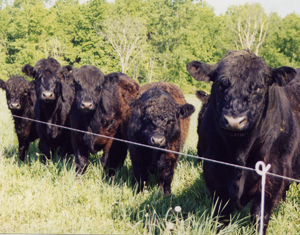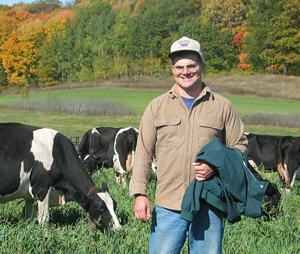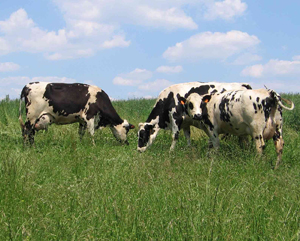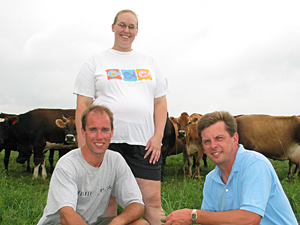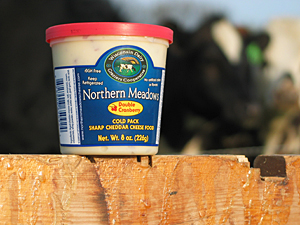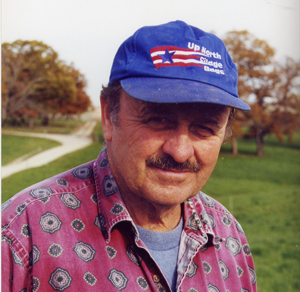By Tom Wrchota, Omro, Wisconsin — Most of conventional agriculture treats productivity as the be-all, end-all for financially successful farming. Productivity is nothing more than measuring inputs and outputs, such as how many pounds of grain it takes to produce a pound of beef, pork, lamb, or chicken. So productivity is the study of how items relate to each other.
Much more important than productivity is profit, which is margin multiplied by volume, minus expense. Continue reading “Grass-fed beef: What’s possible, what isn’t”

